Introduction
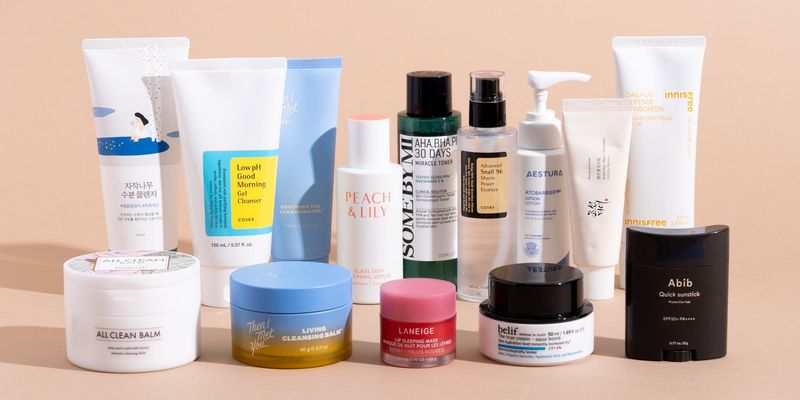
We all want glowing, healthy skin, but the beauty industry often convinces us we need expensive products to achieve it. Many high-end skincare items promise miraculous results while delivering little more than basic benefits. The truth is, many pricey products sitting in your bathroom cabinet might not be worth the splurge. Before you spend your hard-earned money on the next trendy skincare item, consider these 13 products that rarely live up to their hype.
1. High-Priced Face Moisturizers
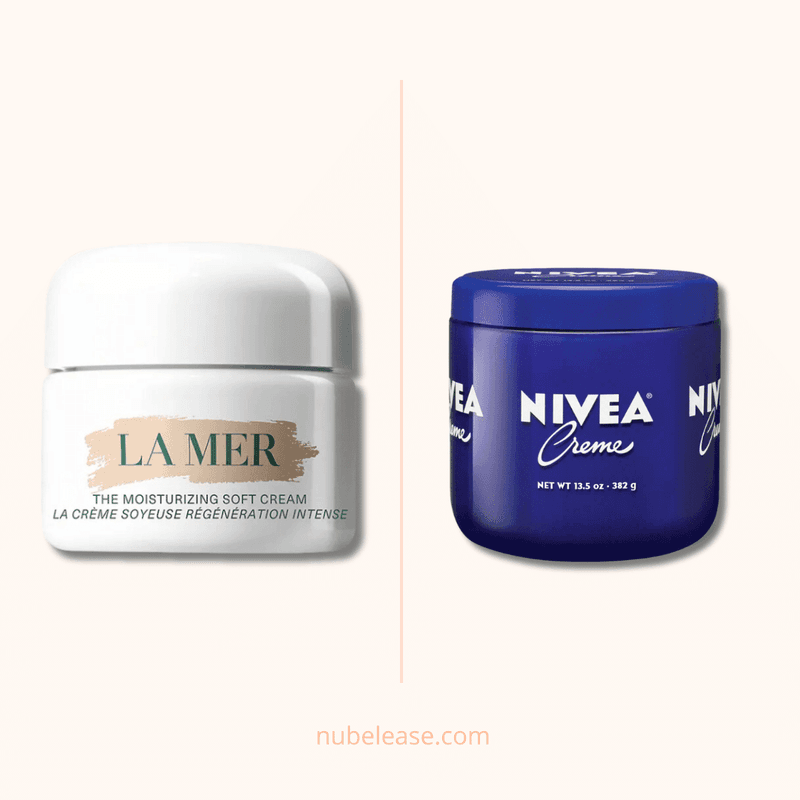
Luxury moisturizers from La Mer or Augustinus Bader might make your wallet significantly lighter at $300+ per jar, but your skin won’t know the difference. The secret behind these creams? Often just basic ingredients like petrolatum, glycerin, and shea butter—the same components found in drugstore options. Many dermatologists shake their heads at these premium price tags when affordable alternatives deliver comparable hydration. CeraVe and Vanicream contain similar moisturizing ingredients plus ceramides that help repair your skin barrier effectively. What you’re really paying for is fancy packaging, celebrity endorsements, and marketing campaigns. The moisturizer might feel luxurious going on, but the results rarely justify spending ten times more than necessary for essentially the same hydration benefits.
2. 24K Gold Skincare Products
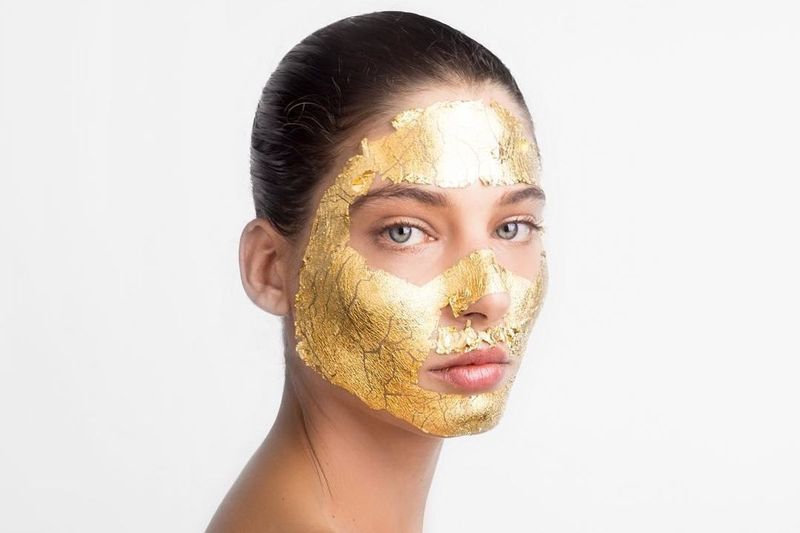
Gold-infused skincare products sparkle on your bathroom shelf, but their benefits remain frustratingly elusive. Brands like Peter Thomas Roth and Orogold charge premium prices for these glittering formulations, claiming they deliver anti-aging miracles and skin rejuvenation. Reality check: scientific evidence supporting gold’s skincare benefits is virtually nonexistent. Gold particles are simply too large to penetrate your skin effectively, rendering their supposed benefits superficial at best. Even worse, dermatologists warn that gold can actually irritate sensitive skin types, potentially causing redness and inflammation. Your skin deserves ingredients with proven benefits—like retinol, vitamin C, or hyaluronic acid—rather than expensive metal particles that do little more than look pretty in the jar.
3. Overnight Water Masks
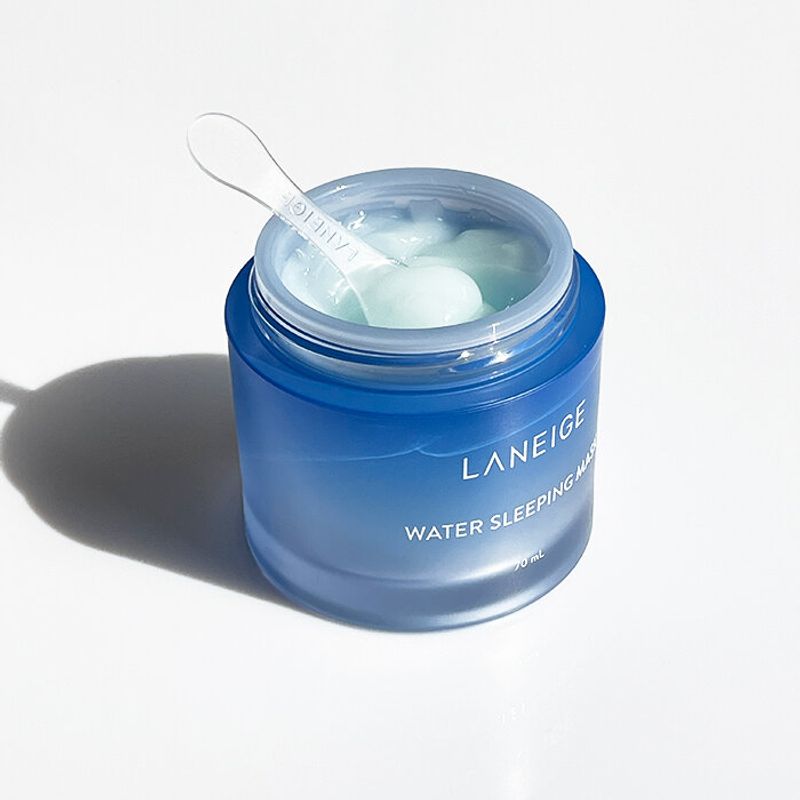
Sleeping masks like the Laneige Water Sleeping Mask promise to transform your skin while you dream, but they’re essentially just dressed-up moisturizers. Despite their special “overnight” branding and gel-like consistency, these products rarely deliver more than basic hydration. The cooling sensation and lightweight feel might seem revolutionary, but dermatologists point out these temporary effects don’t translate to superior long-term results. Regular night creams often contain higher concentrations of active ingredients that actually repair skin over time. Many users report waking up to slightly more hydrated skin—the same result you’d get from a good moisturizer at half the price. Save your money and invest in products with proven regenerative ingredients like peptides, niacinamide, or ceramides instead of paying extra for clever “overnight technology” marketing.
4. Jade Rollers & Gua Sha Tools
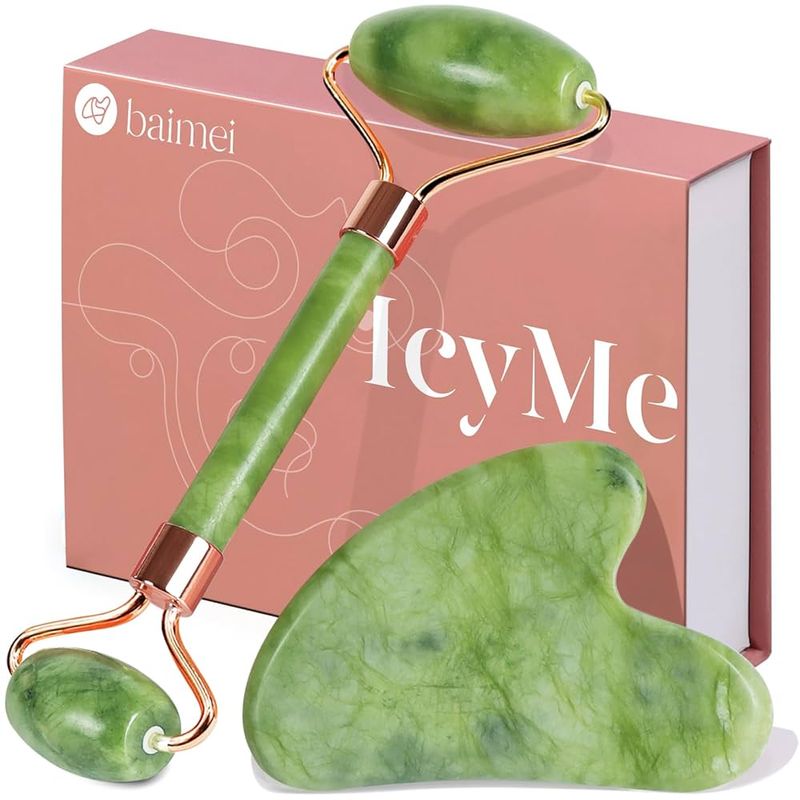
Those pretty green tools flooding your social media feed might be aesthetically pleasing, but their benefits are largely temporary. Jade rollers and gua sha tools have ancient roots in Chinese medicine, yet modern claims about their transformative powers are greatly exaggerated. The cool stone against your skin can temporarily reduce puffiness through gentle massage, but that de-puffing effect typically lasts only a few hours. Any contouring benefits disappear just as quickly, making these tools nice for relaxation but ineffective for lasting changes. While facial massage does promote lymphatic drainage and blood circulation, you can achieve similar results with your fingertips. If you enjoy the ritual aspect, by all means keep rolling—just don’t expect these tools to replace effective skincare ingredients or professional treatments when it comes to making meaningful changes to your skin’s appearance.
5. Makeup Remover Wipes
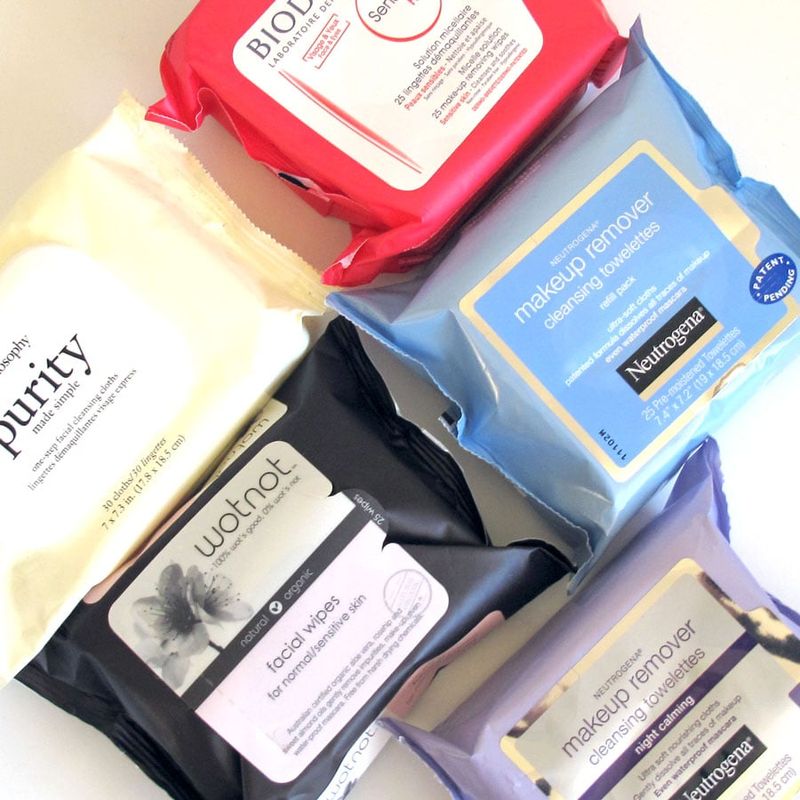
Convenient? Absolutely. Good for your skin? Far from it. Makeup wipes from brands like Neutrogena and Simple might seem like a quick fix at the end of a long day, but they’re actually doing your skin a disservice. Most wipes contain harsh preservatives and surfactants that disrupt your skin’s natural barrier. Instead of properly cleansing, they often just push makeup and dirt around your face, leaving behind residue that can clog pores and cause irritation. Environmental concerns add another layer of guilt—these single-use products create mountains of non-biodegradable waste. Dermatologists recommend gentler alternatives like micellar water or cleansing balms followed by a water-based cleanser. Your skin will thank you for the extra minute it takes to properly cleanse rather than roughly dragging a wipe across your delicate facial skin.
6. Cleansers With Essential Oils
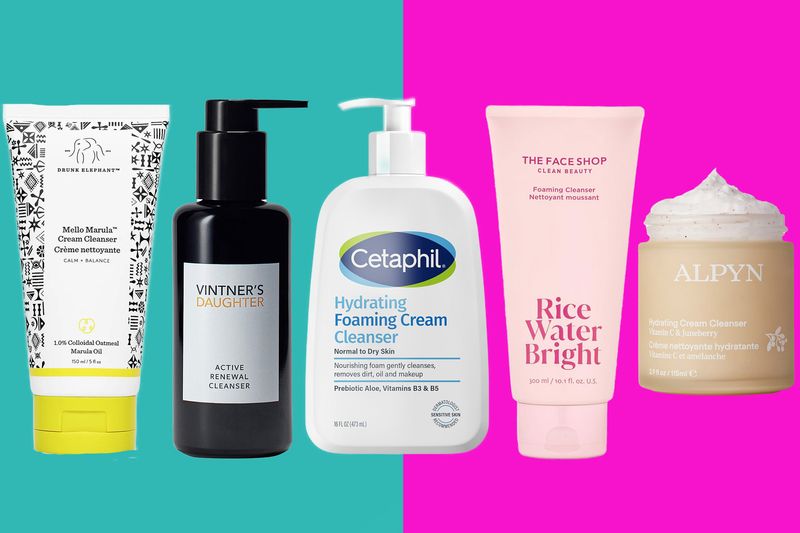
Fragrant face washes might smell divine, but they’re often troublemakers for your skin. Brands like Drunk Elephant and Tula incorporate essential oils that create a luxurious sensory experience while potentially triggering irritation, especially for sensitive skin types. Lavender, citrus, and mint oils might seem natural and beneficial, but they can disrupt your skin barrier and cause contact dermatitis in many people. The temporary pleasant scent hardly justifies the potential for long-term sensitization and redness. Dermatologists generally recommend fragrance-free cleansers that focus on gentle cleansing rather than aromatic experiences. Your cleanser’s job is simple—remove dirt, oil, and makeup without stripping your skin. Skip the botanical cocktail and opt for cleansers with minimal, non-irritating ingredients that respect your skin’s natural balance and don’t leave it feeling tight or irritated.
7. Expensive Face Mists
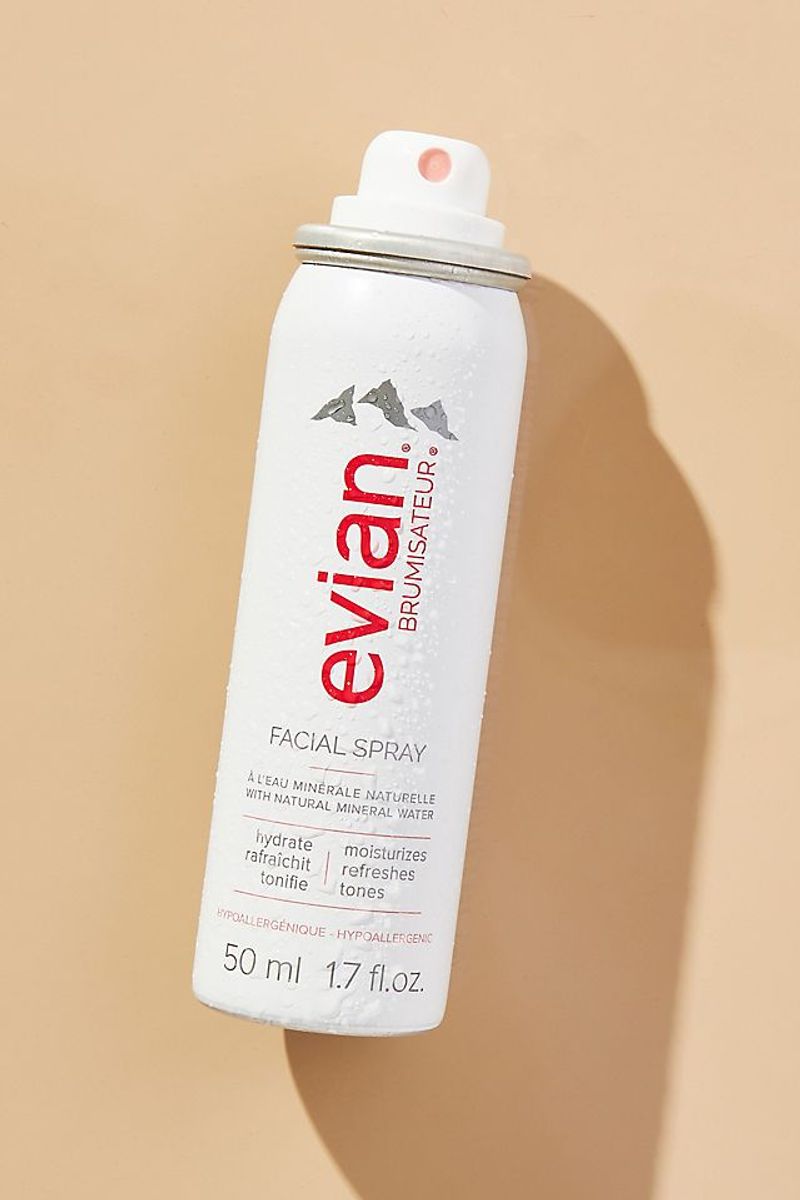
Those elegant bottles of Evian and Caudalie Grape Water feel refreshing in the moment, but their effects vanish faster than their mist. Despite hefty price tags, many luxury face mists are little more than water with fragrance and minimal active ingredients. The uncomfortable truth: spraying water on your face without sealing it in can actually increase dehydration. As the water evaporates, it can pull moisture from deeper skin layers—the opposite of what you want! Most dermatologists view these products as unnecessary steps that provide a momentary sensory experience rather than lasting hydration. If you genuinely enjoy the ritual, look for mists containing humectants like glycerin or hyaluronic acid, and always follow with moisturizer. Better yet, save your money for products with ingredients that actually improve skin health instead of paying premium prices for what amounts to fancy bottled water.
8. Overpriced Vitamin C Serums
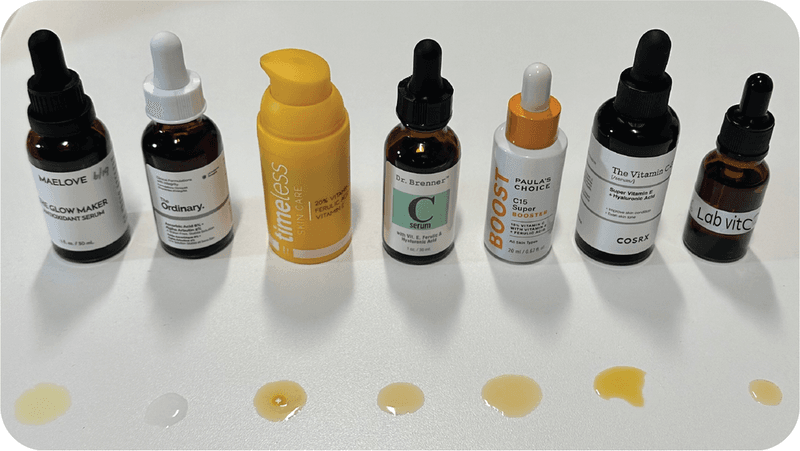
SkinCeuticals CE Ferulic might be the gold standard in vitamin C serums, but its $180+ price tag leaves many wondering if it’s worth the splurge. The truth? Many affordable alternatives deliver comparable brightening and antioxidant protection for a fraction of the cost. Vitamin C’s benefits—fighting free radicals, boosting collagen production, and fading dark spots—don’t require premium pricing. Brands like Timeless and Maelove offer similar formulations with the same key ingredients: L-ascorbic acid, vitamin E, and ferulic acid to stabilize the formula. What matters most with vitamin C isn’t the brand name but the formulation stability, packaging (dark glass bottles prevent oxidation), and concentration (10-20% is ideal). Skip the luxury markup and focus on these factors instead. Your skin won’t know the difference, but your wallet certainly will.
9. Peel-Off Masks
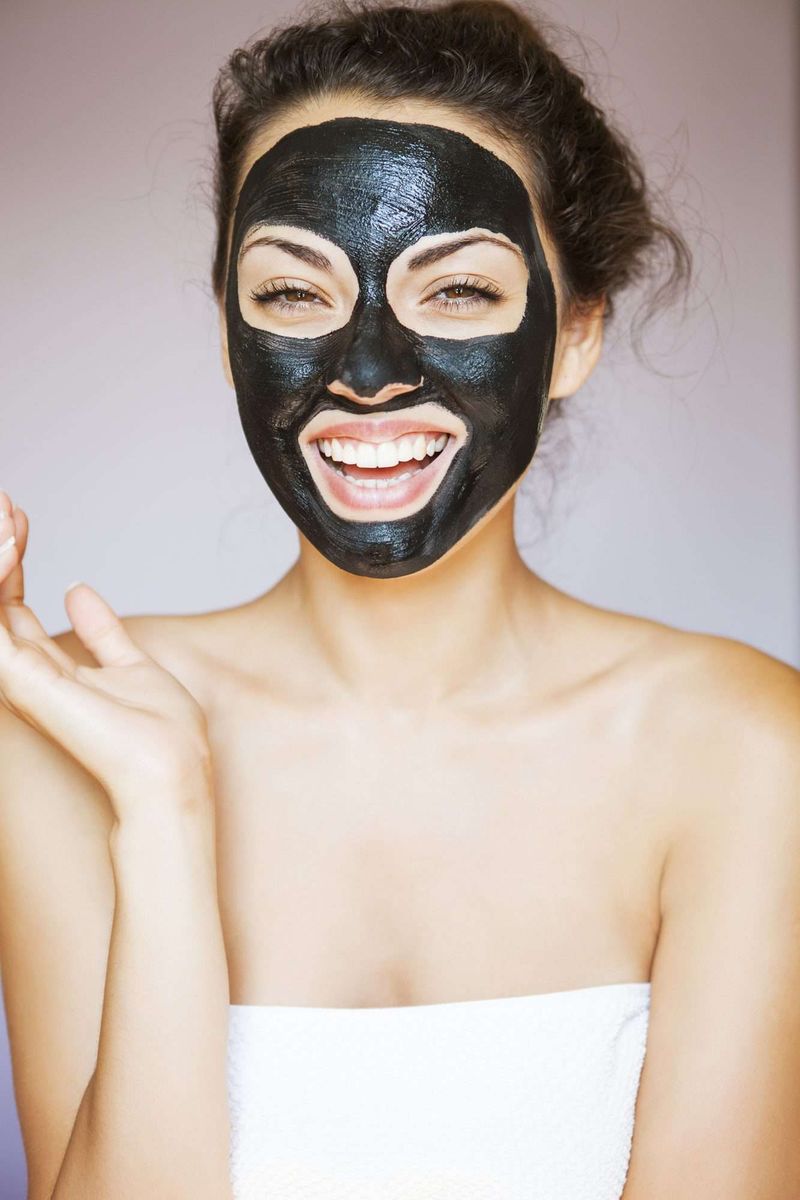
Those satisfying videos of people peeling off black masks reveal more than just extracted blackheads—they show a skincare trend that dermatologists largely disapprove of. Peel-off masks might feel gratifying to remove, but they can cause micro-tears in your skin and damage your protective barrier. Many contain harsh adhesives or polyvinyl alcohol that stick to both impurities and healthy skin cells alike. The forceful removal process can lead to irritation, redness, and even broken capillaries, especially for those with sensitive or rosacea-prone skin. For truly effective exfoliation and pore-clearing, dermatologists recommend chemical exfoliants like BHAs (salicylic acid) or gentle clay masks that don’t require painful removal. These alternatives effectively remove dead skin cells and unclog pores without the physical trauma and Instagram-fueled satisfaction of literally peeling off a layer of your skin.
10. Collagen Creams
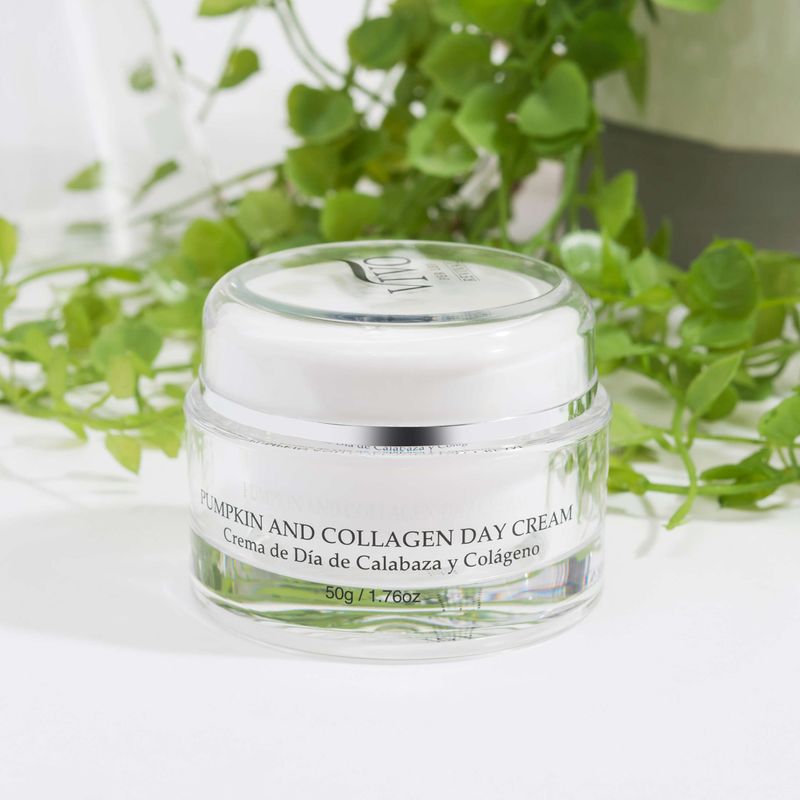
Jars of collagen creams promise to restore your skin’s youthful bounce, but they’re selling an impossible dream. The inconvenient scientific reality is that collagen molecules are simply too large to penetrate your skin’s barrier when applied topically. These creams typically function as basic moisturizers, temporarily plumping the skin’s surface through hydration rather than rebuilding collagen where it matters—in the deeper dermis layer. Any immediate smoothing effect comes from hydrating ingredients like glycerin or hyaluronic acid, not from the collagen itself. For actual collagen stimulation, look to ingredients with proven penetration and efficacy: retinoids, peptides, vitamin C, or professional treatments like microneedling. These approaches trigger your skin’s natural collagen production mechanisms instead of attempting the impossible task of absorbing whole collagen molecules through your skin barrier.
11. Toners With Alcohol
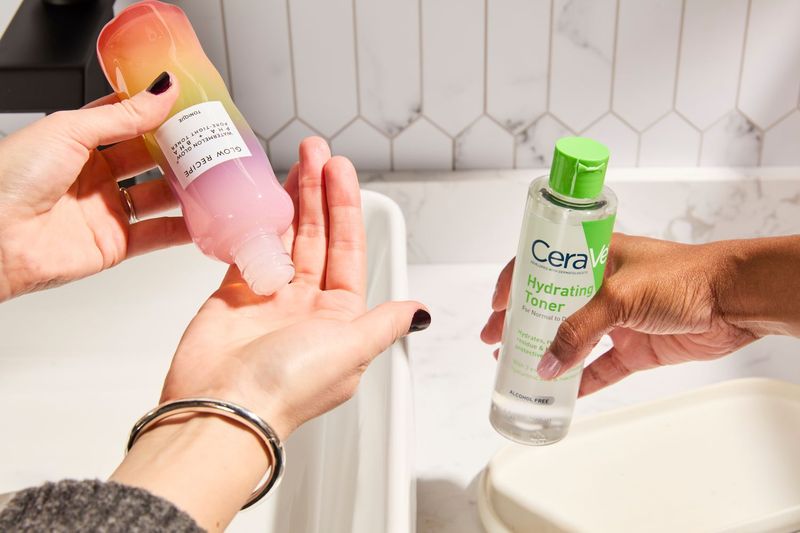
Remember that tight, squeaky-clean feeling after using classic toners like Clinique’s Clarifying Lotion? That sensation isn’t cleanliness—it’s your skin crying out for help. Alcohol-based toners strip away natural oils, disrupt your skin barrier, and trigger increased oil production as your skin tries to compensate for the sudden dryness. These harsh formulas were once skincare staples, marketed as necessary for removing every last trace of oil and dirt. Modern dermatology recognizes this approach as counterproductive, often leading to dehydration, irritation, and compromised skin health. Today’s effective toners focus on hydration and preparation, using gentle ingredients like rose water, glycerin, or hyaluronic acid. They balance your skin’s pH after cleansing and deliver beneficial ingredients rather than stripping everything away. Your skin should feel comfortable after toning—not tight, dry, or irritated.
12. LED Light Devices For Home Use

Those futuristic-looking LED masks from brands like Dr. Dennis Gross promise professional-level light therapy from your couch. The reality falls significantly short of the marketing hype and $200+ price tags. Professional LED treatments work because they use powerful, precisely calibrated light wavelengths at specific intensities. Home devices typically deliver only a fraction of this power—they’re simply not strong enough to penetrate skin layers effectively or stimulate meaningful cellular changes. Many users report minimal results even after months of consistent use. While these devices are generally safe, they represent a major investment for questionable returns. If you’re serious about light therapy benefits, professional treatments remain the more effective option. At-home devices might offer slight improvements for some users, but rarely deliver results proportionate to their cost.
13. Luxury Lip Balms
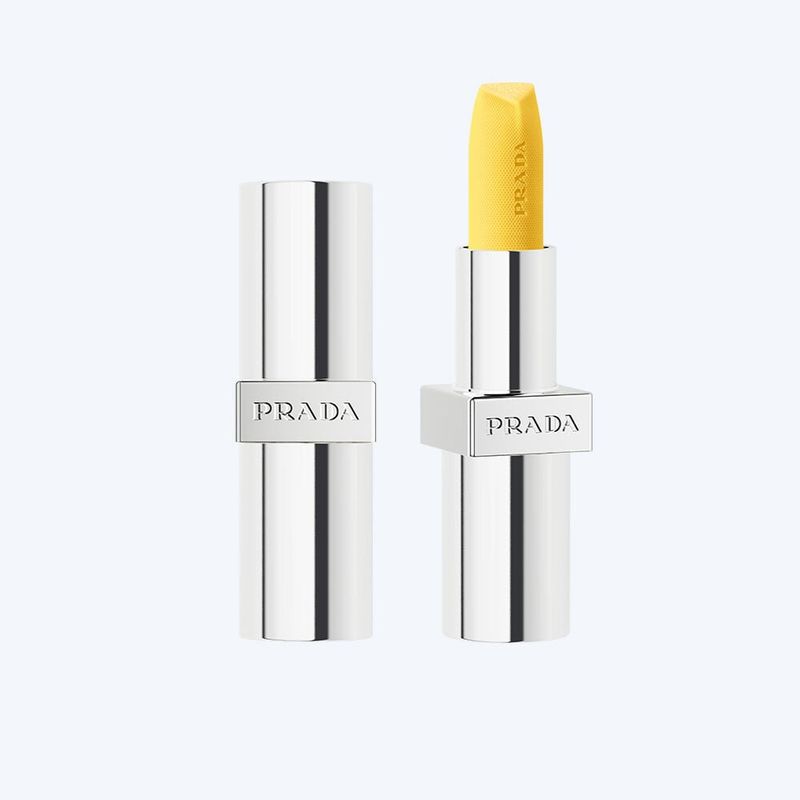
Pulling out a Dior or La Mer lip balm might impress onlookers, but your lips aren’t feeling the luxury difference. These high-end balms, often priced at $60 or more, typically contain similar ingredients to their drugstore counterparts—waxes, oils, and basic emollients. Many premium lip products actually focus more on sensory experience—pleasant scents, elegant packaging, and status branding—rather than superior healing properties. Some even contain potentially irritating fragrances or drying ingredients that keep you reapplying (and repurchasing) more frequently. Dermatologists consistently recommend simple, occlusive options like Vaseline, Aquaphor, or lanolin-based products for truly effective lip care. These affordable alternatives create better moisture barriers and often outperform their luxury counterparts in healing chapped lips. Your lips need protection and hydration, not a designer label.

Comments
Loading…